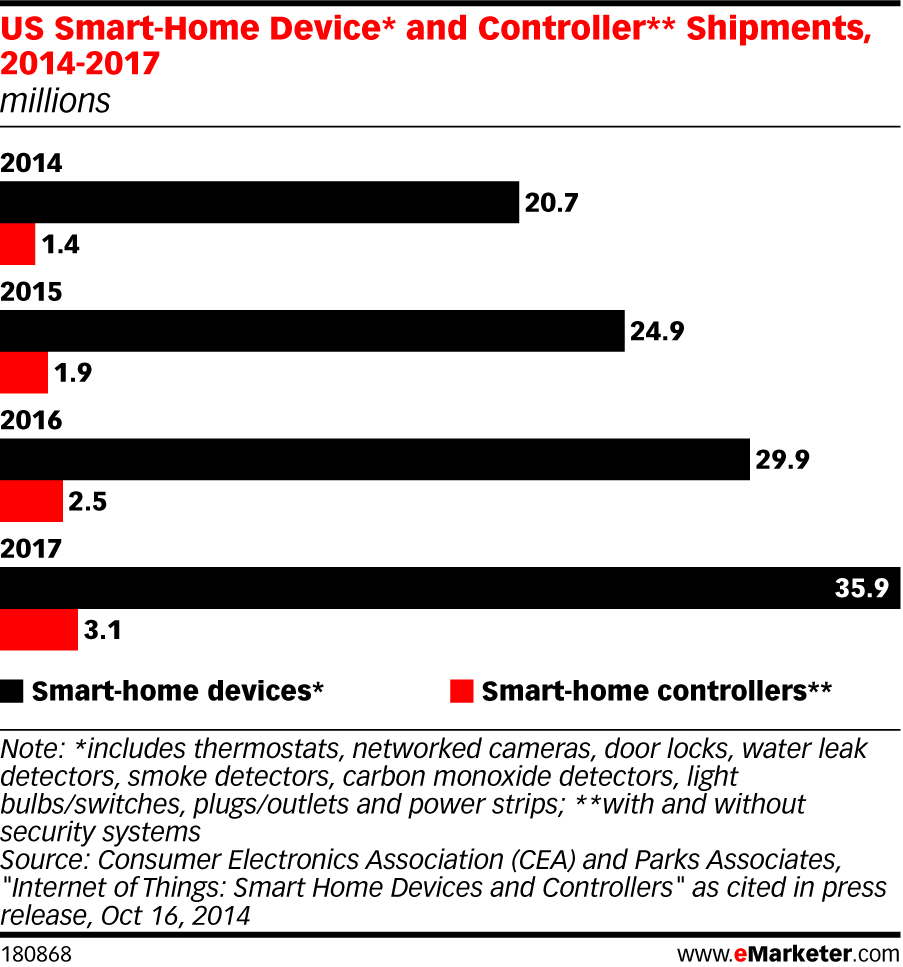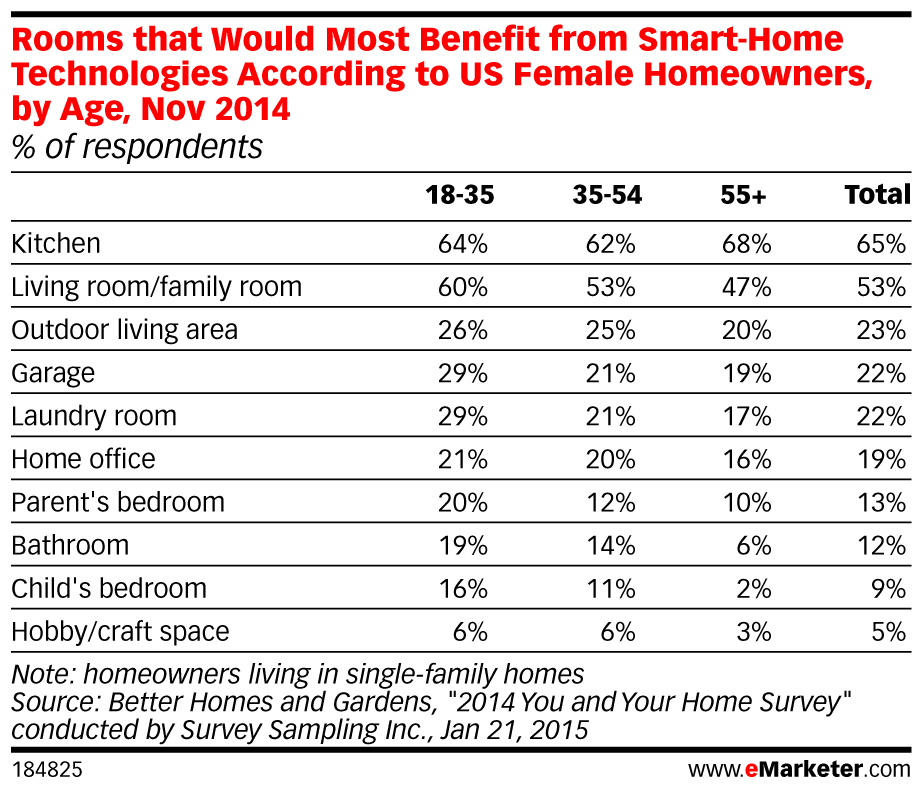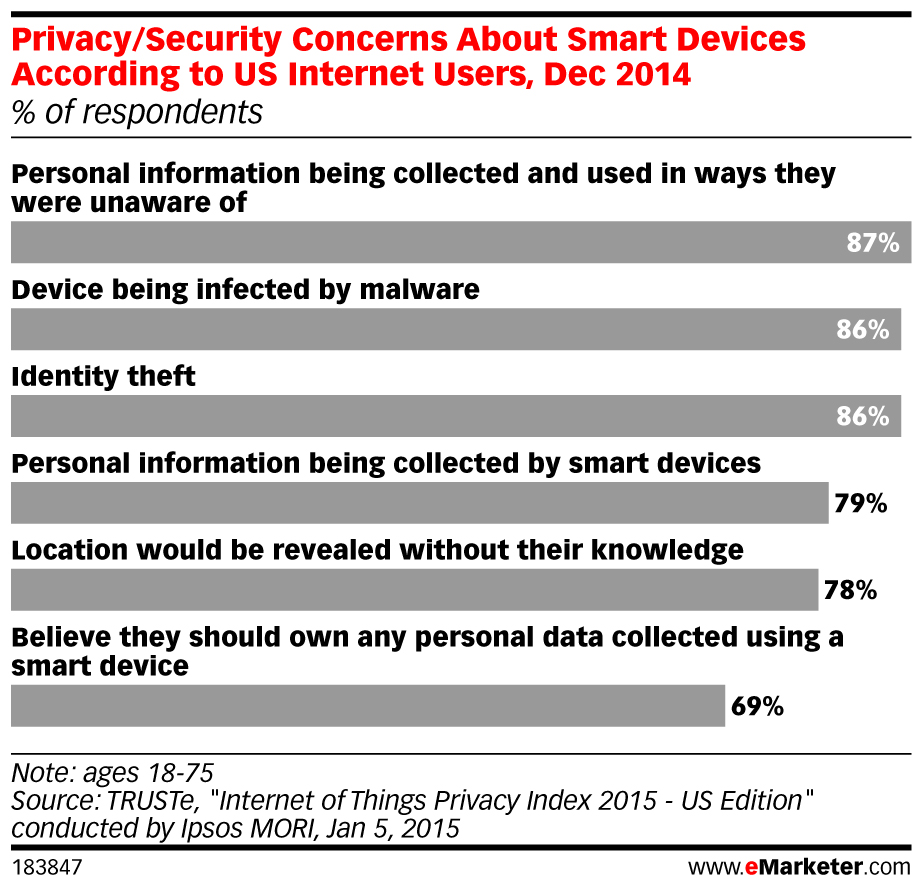Facebook is reportedly planning to add to its Messenger platform a new digital assistant service dubbed “Moneypenny,” which will allow users to ask real people for help researching and ordering products and services, among other tasks. Previously, Facebook had already started letting Messenger users communicate directly with businesses, and this new feature feels like a natural, yet significant, development in building out its messaging platform.
Since this is Facebook, there is no doubt that they will leverage some of the user data it has for better targeting and recommendation. The question here, however, is just how much access the Moneypenny staff will have to the vast amount of data that Facebook has gathered on the users across its various services and platforms. While it’d make for a quicker, more personalized service to let the “Moneypennies” tap into the user data and learn about their customers’ preferences and interests, ensuring user privacy and data security remains a big issue to Facebook.
Source: Business Insider













